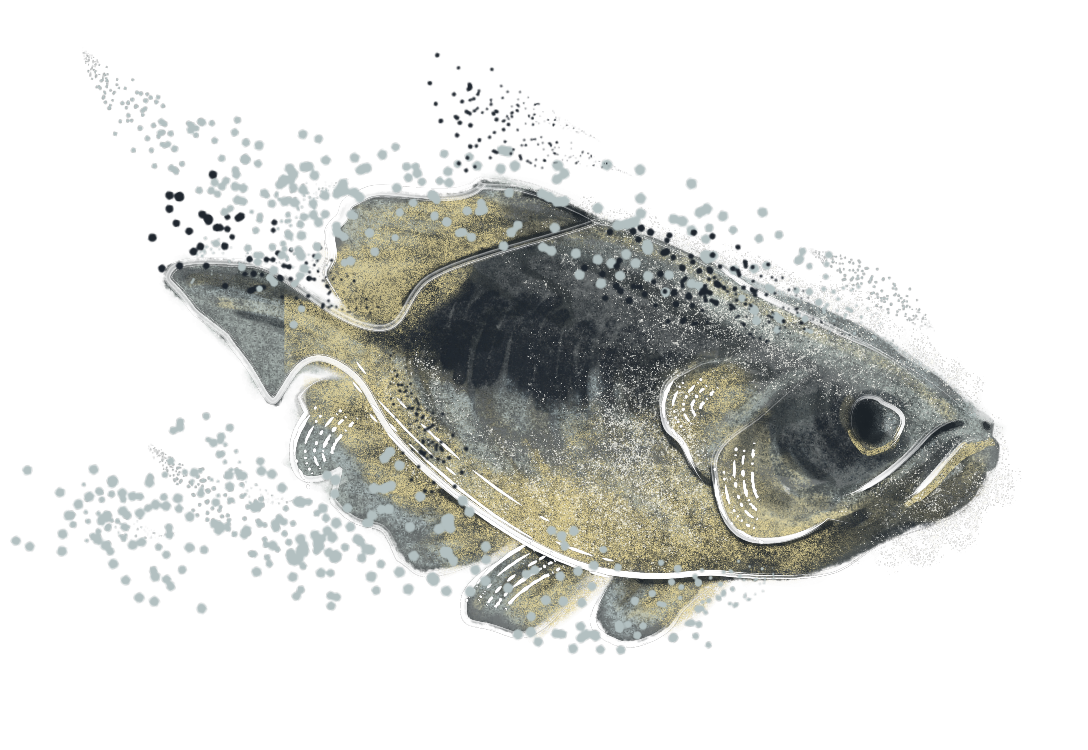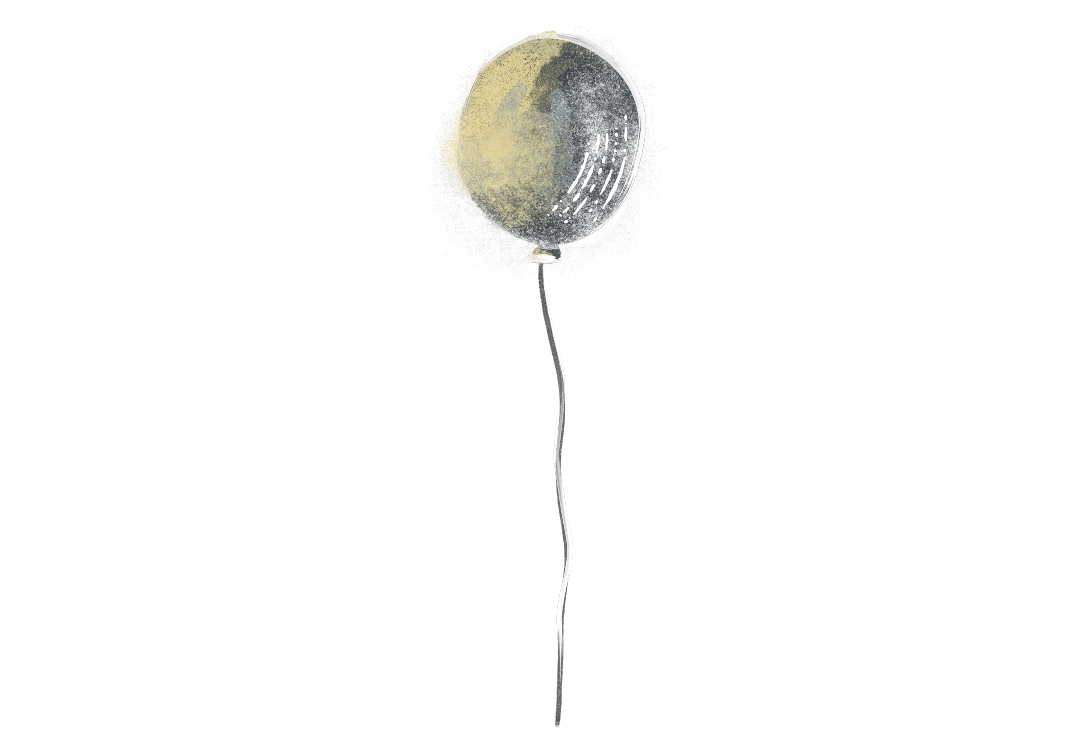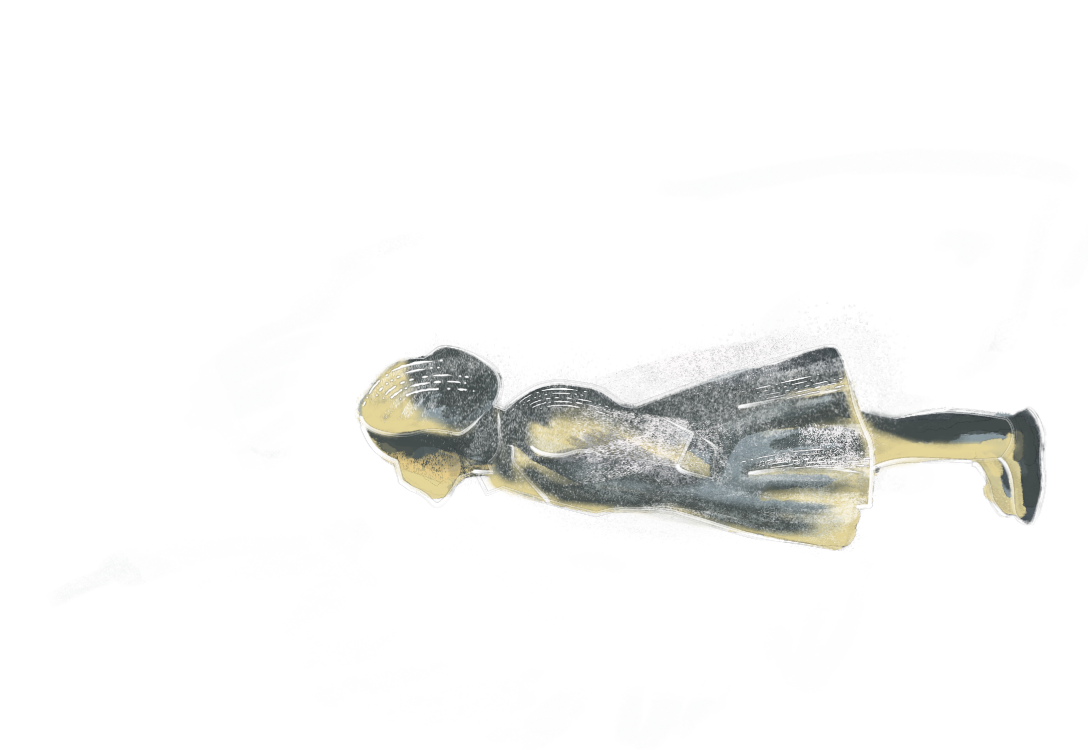

Catastrophizing: An ode to despair
Pier-Luc Turcotte
Of all artistic genres, science fiction has long offered a potent vessel for expressing the unconscious anxieties tied to human existence: anxieties about one’s death and the extinction of humankind. My teenage years were marked by watching the French-Canadian satirical sitcom titled Dans une galaxie près de chez vous (In a galaxy near you). Produced in Québec (Canada) in the late 1990s, the show was set in a not-so-distant future, and its opening sequence set the tone perfectly:
“It’s the year 2034. The situation on Earth is catastrophic: the ozone layer has been completely destroyed by car emissions, the chemical industry, and aerosol spray cans. As a result, Earth is dying under the sun’s rays, and a new planet must be found to relocate 6 billion goofballs. The Planetary Federation turns to the world’s leading power—Canada. Thanks to Canadian know-how, the spaceship Romano-Fafard is launched on October 28, 2034, departing Earth for the far reaches of the universe, where no human hand has ever set foot.”
This humorous universe temporarily shaped my own existential anxieties, which tend to manifest differently depending on historical context: the once-urgent fear of ozone depletion, a global population now exceeding 8 billion, a “planetary federation” that, despite its unity, relied on Canada’s most unprepared crew to save humanity, and, perhaps most strikingly, the imminence of a catastrophe that once felt so distant.
Roughly 25 years later, the post-apocalyptic drama The Last of Us rekindled a similar fascination. Directed by the creator of the Chernobyl miniseries, The Last of Us is set in a post-pandemic world where a mass fungal infection has transformed humans into zombie-like creatures, triggering the collapse of civilization. While watching the series in a real post-pandemic world, amid renewed nuclear tensions and a global rise in fascist, far-right regimes, could have easily induced a despair beyond bearing, it didn’t.
Likewise, the texts gathered in this collection of Occupational Punk refuse to descend into despair about human existence. Not because despair isn’t warranted, but because each scenario refuses fatalism. Instead, these works are concerned with preventing the extinction of humankind, or, at the very least, the extinction of the occupational therapy profession. In The Sickness onto Death, Søren Kierkegaard describes despair as the most dangerous of illnesses but also as a gift. For Kierkegaard, we need despair to move through it. Despair only persists when we are blocked from imagining possibilities beyond our end.
Beginning from the very end
Despair remains a negative affect, but it carries revolutionary potential by compelling us to think from the end, as if the catastrophe had already occurred. In On Extinction, Ben Ware (2024) undertakes a nuanced philosophical inquiry of our looming apocalyptic future. Rather than steering away from the darkest edges of our imagination, Ware argues that radical politics must confront the end by passing through it, quoting Ernst Bloch, “The true genesis is not at the beginning, but at the end” (2018, p.44).
Catastrophizing is often pathologized as a form of anxiety — an excessive tendency to imagine things worse than they are. But to desire the catastrophe is to desire the end of something: for instance, the collapse of a dominant order that depends on occupational therapy’s interventions to sustain itself. This desire may be generative, insofar as it catalyzes revolt against “what merely is” (p.92) and opens space for imagining otherwise. In this view, the end of the current order becomes a necessary condition for the emergence of something different.
When occupational therapists invest in the profession’s growth and “sustainable” development, they risk diverting attention from the more radical possibility of a world in which occupational therapy is no longer needed — a world that does not disable, isolate, harm, or maim. A world where occupational therapy becomes obsolete (or extinct), and where humanity is organized around collective, creative meaning-making rather than compensating for the violence of a neoliberal capitalist order. As Frederic Jameson famously remarked, “It seems to be easier for us today to imagine the thoroughgoing deterioration of the earth and of nature than the breakdown of late capitalism” (1994, p.xxi).
Temporality
In envisioning the end of the current order of things, the question of time becomes central. The authors in this collection have set ‘catastrophe’ across vastly different temporal scales. Some situate it within an undefined temporality — an indeterminate future relative to an uncertain present — while others position it within a range of one to seven hundred years from now.
Although these narratives unfold along divergent trajectories, the anxieties they surface tend to be rooted in the present. Chief among these is the encroachment of technology and artificial intelligence — commonly cast as the spectre of the future yet undeniably embedded in our present. In this sense, the future becomes a projection of the now, if not its mere repetition. Ware draws a connection here to Freud’s notion of the death drive: a compulsion to repeat, a condition of stuckness that disrupts the normative order yet precludes the possibility of pleasure.
For Ware, confronting the end of all things is not a nihilistic gesture but a generative one — it becomes the necessary vantage point from which to reimagine the temporality of the present. Following the Marxist tradition, such a temporality is not neutral or universal; it is an existential phenomenon shaped by the mode of production. Capitalism produces time unevenly, and its asymmetries are felt in the body and across space by shaping our levels of attention, affect, and enjoyment. Time under capitalism is not just the repetition of capital accumulation, it is the existential reality of beings propelled toward their own end.
A liberating finitude
One text in this collection stood out for its poignant engagement with the universal question of human finitude amid ecological collapse. In Transhumance, Saïd-Gagné traces the final day in the life of Pixel, a young person on the cusp of turning thirteen, gripped by a refractory depression that had proven resistant to the most advanced, evidence-based medical treatments. After two years of unsuccessful applications, Pixel’s request to end their life using medical assistance in dying (MAID) is finally approved. On their last day, they are granted permission to leave the protective ‘dome’ — a bastion of tech-utopian privilege afforded only to the rich — where they have lived under the sterile surveillance of advanced biomedical control.



An AI-generated ‘shared’ decision-making system has been entrusted the power of determining the precise moment of Pixel’s death. This same system will administer the lethal injection, proposing a seamless and optimized solution to the despair that defined their short existence. This despair aligns with Kierkegaard’s definition: “The torment of despair is precisely the inability to die … the hopelessness of not even the ultimate hope of death” (p.18).
In Canada and other western countries, MAID is championed as the pinnacle of individual freedom, a symbol of social progress. Yet, as Ware argues, this so-called progress may in fact be a mechanism of annihilation, emerging from the logic of capitalism itself, which demands mastery over all natural processes, including death. Under the guise of empowerment, MAID thus becomes another instrument of control, deepening the reach of biomedical control over life.
This is the world in which Pixel lives: a society where every fragment of life is subject to scrutiny; every minute tethered to the logic of accumulation. Paradoxically, Pixel’s despair is not resolved by MAID, but by the desire it awakens to escape a life defined by relentless control and stuckness — a life that has become “infinitely worse than death” (p.15). In this context, depression is not merely a clinical condition; it becomes a way to signal a rupture with a world that refuses to imagine alternatives.
Yet Pixel does not die. Before accessing the procedure, they lose the identification bracelet that links them to the private corporation managing access to the dome and to MAID. This accidental erasure of identity becomes the very form of catastrophic liberation they had longed for—a release from the suffocating embrace of high-tech control. For Ware, extinction is already underway — not as a final endpoint, but as a condition of exhaustion, of “hanging in-between; of never quite dying, but being already dead” (p.96). Outside the dome, Pixels begins to experience a new kind of freedom, a transgressive and paradoxical pleasure that emerges not despite, but through, the catastrophe. The risk of death becomes real, but so too does the possibility of living otherwise.
Pixel’s story echoes, on a different register, the third episode of The Last of Us, which follows Bill and Frank, two older men who form a romantic partnership amid an apocalyptic world. In contrast with the broader series, this episode is notably quiet — the threat of the infection recedes, and attention shifts to the intimate terrain of love, ageing and care. Frank, now living with a degenerative illness that requires a wheelchair, asks Bill to help him end his life. They choose to die together, sharing a bottle of wine laced with poison. Unlike Pixel’s, Bill and Frank’s death is not a reaction to despair but a culmination of love and mutual recognition that their lives have reached completion. Their joint suicide is not about escape, but about presence: a final act of shared agency in a world otherwise defined by loss.
Stop fearing fear and the joke of it all
Our material reality has increasingly been described as a polycrisis — a term coined by Edgar Morin in the 1990s that is now used to describe the convergence of colonial wars, ecological devastation and a nuclear threat once again looming large. Each of these crises reignite the fantasy of ending the suffocating stuckness that defines life under late capitalism. As despair deepens in the face of systemic collapse, some nations, like the UK and France, may begin to seriously debate the expansion of medically assisted death. Others, like Canada, are already moving forward, extending eligibility to broader populations, including children and individuals living with mental illness.
But confronting extinction will not come from resisting a supposed universal decline of humanity. On the contrary, these efforts to ‘resist’ may only reinforce the collapse. Academic labour, much like healthcare, often participates in this inertia, driven by a compulsive repetition that mirrors the death drive itself. If the current resurgence of fascism and neo-colonial wars has not jolted some of our colleagues out of their scholarly comfort zones, what will? If their hyper-specialized work fails to offer any foothold for understanding the world we inhabit — let alone a way to reposition themselves within it — when, exactly, will that change? This inertia is not neutral nor ‘progressive’ but essentially death driven.
If we are to live under the shadow of a sixth mass extinction, Ware argues that we must develop a new capacity for fear and anxiety — an affective orientation capable of cultivating a desire for catastrophe, what he calls “a renewed sense of the apocalyptic” (p.23). In Ware’s words, it requires “the courage to be frightened, and to frighten others” (ibid). But becoming “enlightened doomsayers” (Dupuy, 2009), he says, is not a call for frantic action or reactive urgency in the name of progress. It is also not about fleeing toward another galaxy, nor seeking technological escape routes. Rather, it calls for a collective reinvention of what it means to be human—here, now, amid ruin.
Ware closes the book by underscoring the necessity of laughter as a radical gesture in the face of catastrophe, reminding us that the current situation is “nothing but a sick joke” (p. 111). By exposing the absurdities of the present world, laughter becomes a form of resistance for those who, like Sara Ahmed (2023), can no longer afford the comforts of hope in a world increasingly governed by compulsory optimism. If there is any possible preparation for the future that awaits us, it will not come from science, nor from fiction. Rather, it will emerge from our ability to confront catastrophe together —through the fragile and defiant bonds of our shared and endangered humanity.
References
Ahmed, S. (2023). The feminist killjoy handbook: The radical potential of getting in the way. Hachette UK.
Bloch, E. (2018). On Karl Marx. London: Verso.
Dupuy, J.-P. (2009). The Precautionary Principle and Enlightened Doomsaying: Rational Choice before the Apocalypse. Occasion: Interdisciplinary Studies in the Humanities
1(1), pp. 1–13.
Jameson, F. (1994). The Seeds of Time. New York: Columbia University Press.
Kierkegaard, S. (1980). The sickness unto death (H. V. Hong & E. H. Hong, Trans.). Princeton University Press. (Original work published 1849)
Ware, B. (2024). On Extinction: Beginning Again at the End. New York: Verso.
